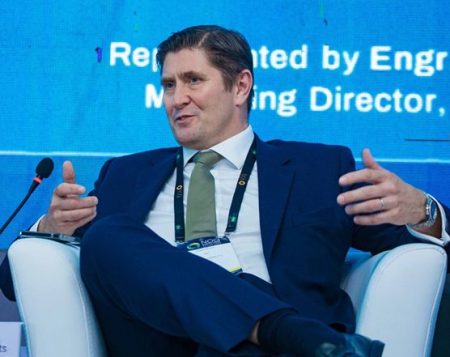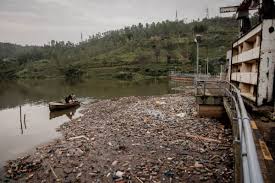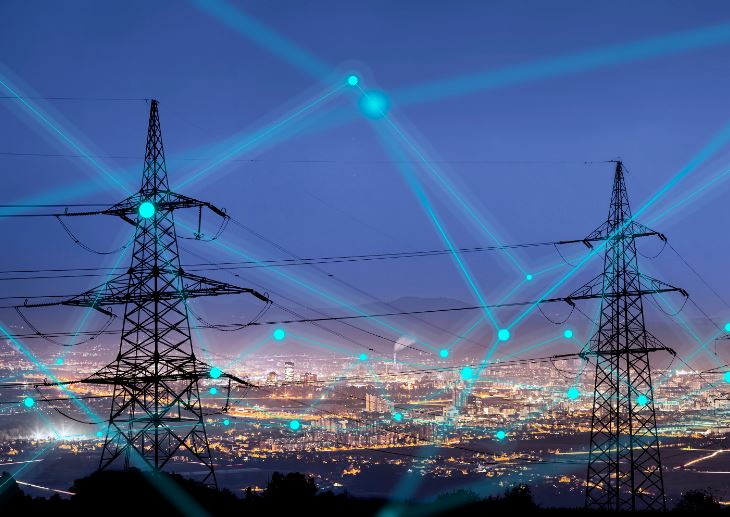
11 January 2015, Johannesburg — Eskom’s financial issues are partly responsible for the country’s rolling blackouts, it said on Friday.
“Eskom does have financial issues. It is true that we are having financial crunch and we are currently in discussion with government to get us out of this financial difficulty,” spokesman Khulu Phasiwe said.
“Last year we indicated that we need R50 billion in terms of the work we are doing. For operational issues.”
He said the government had indicated it would provide Eskom with a cash injection of R20bn to help with operational issues, but that this was not enough.
Eskom was working on a number of options to get the balance of the money it needed to complete work at Medupi, Kusile, and Ingula power stations.
Phasiwe said Eskom had already issued bonds in both local and international markets and had approached other institutions for funds.
Europe and the African development bank had already lent money to the power utility.
“We need money to make sure that we finish the projects we are currently busy building,” he said.
When asked if Eskom’s financial issues were to blame for the rolling blackouts, Phasiwe said: “Partly, I would say yes.
“We need money to buy parts for the maintenance, but that is not the only reason. Maintenance in the previous years, from about 2010, has been deferred.”
On Friday, the Mail&Guardian reported that Eskom was 21 days from going broke.
Public Enterprises Minister Lynne Brown confirmed the “pressure on the company’s liquidity position”.
“Eskom will run out of money by the end of January,” she was quoted as saying. “It must still be addressed.”
On Friday, the energy grid was severely constrained because Eskom did not have new generating capacity, Phasiwe said.
Because maintenance was deferred, current generators were breaking down and there were unplanned power outages.
“The power grid is constrained, but Eskom is doing everything to ensure we avoid load-shedding.”
On Wednesday, the risk of power cuts was high after, among other things, two generators failed.
At the time, Eskom warned that power cuts would be a last resort to prevent a “total collapse” of the system.
One of the generators had been repaired by Wednesday afternoon.
On Friday, Phasiwe said the other was still offline and engineers were working on repairing it.
“To compensate we have brought back to service some of the generating units which were taken off for regular maintenance.”
The first unit of the Medupi power station was expected to be synchronised in the first quarter of 2015, but was expected to start producing electricity only in June, he said.
Eskom would need to do further tests to ensure Medupi’s electricity output was ramped up, Phasiwe said.
The Kusile power station was expected to start producing electricity in June 2016, he said.
On December 5, Eskom implemented stage three blackouts, but on December 8 Eskom CEO Tshediso Matona denied that Eskom was in crisis.
Stage one allows for up to 1000MW of the national load to be shed, stage two for up to 2000MW and stage three for up to 4000MW.
*SAPA



